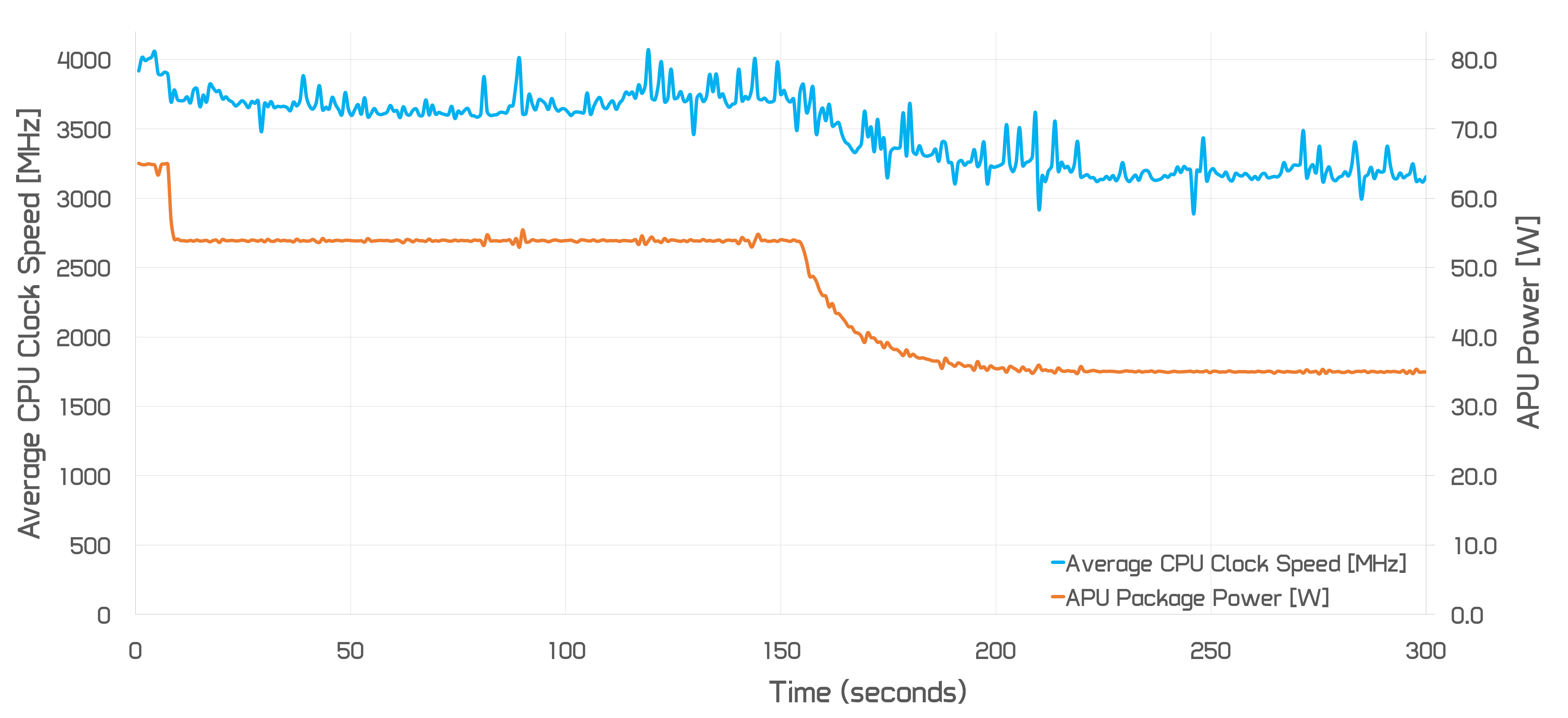vigilant007
Junior Member
- Dec 7, 2014
- 21
- 10
- 81
As i already mentioned elsewhere, Windows on big.LITTLE ARM cores like on the Surface Pro X works really well. You see the small core utilized either on very low workloads like background processes or when the application requests 8 threads with full utilization, then all 8 cores are loaded 100%.
Of course the application can still make stupid decisions, like distributing the work equally to all 8 threads - but this is rarely the case in application where MT performance counts. For example Blender distributes one tile at a time to each core. Once a core is finished with a tile it gets the next tile assigned. You can literally see which tiles are assigned to the small cores
ps. I do still have the issue, that under Linux the CPU does not increase the clock when all cores are requested with full utilization on my Surface Pro X. As workaround i start a program on the Windows side which pulls the clock-speed up while running the Linux app under virtualization. Even then i am beating Lakefield in Blender by miles even with a relatively ancient Cortex A76 system - all while using less power from battery.
Thank! That is perfect!
Out of curiosity, how do you like the Surface X for day to day use? I am tempted to pick one up this week.
Sent from my iPad using Tapatalk Pro







